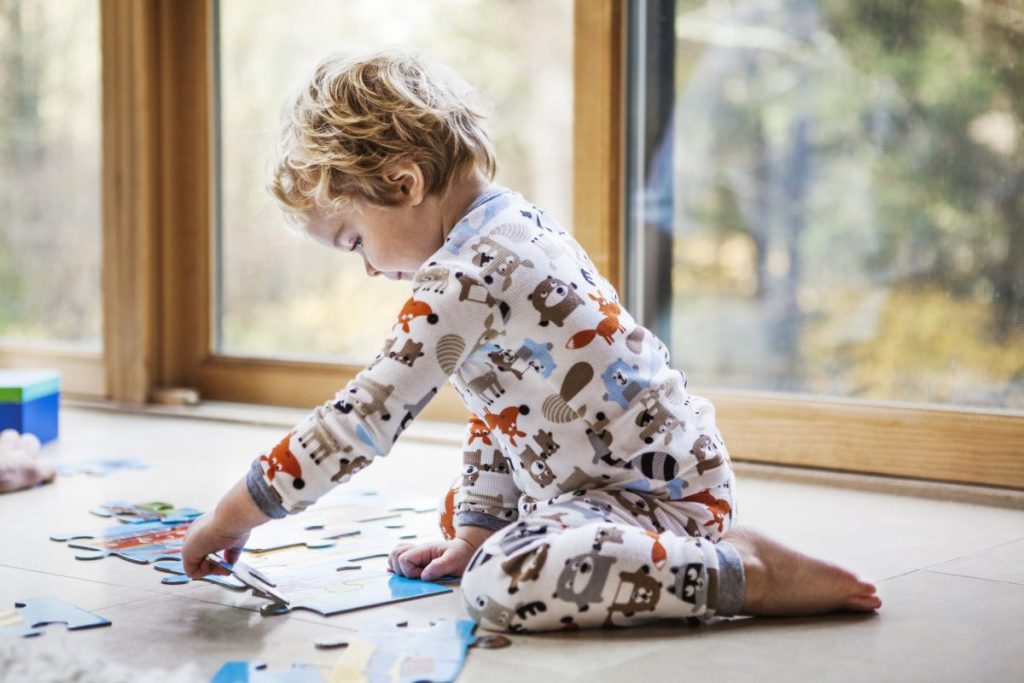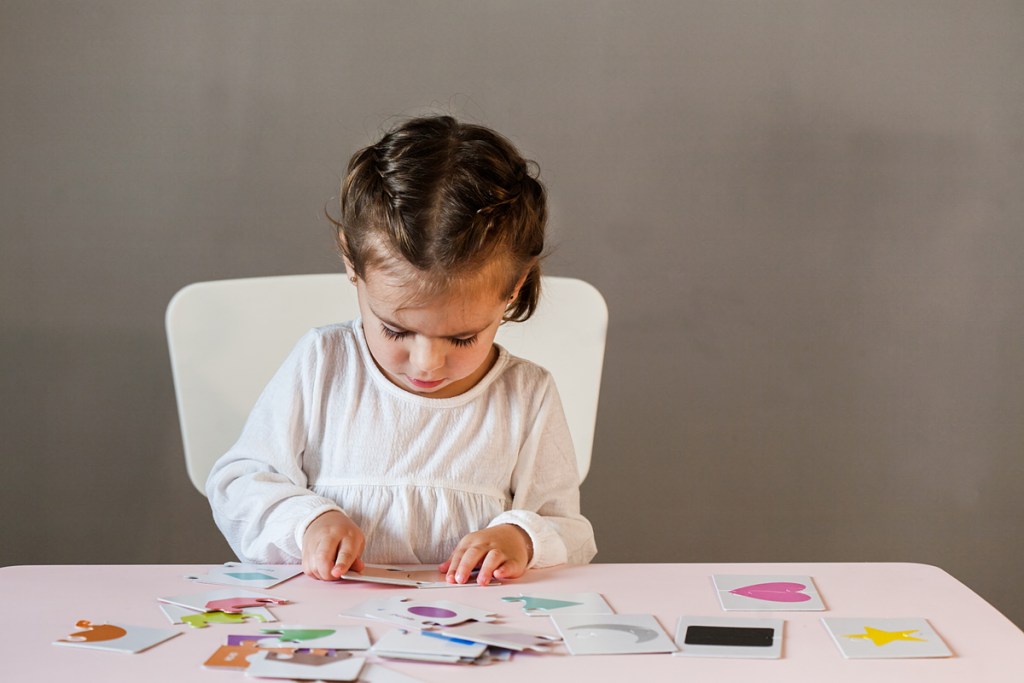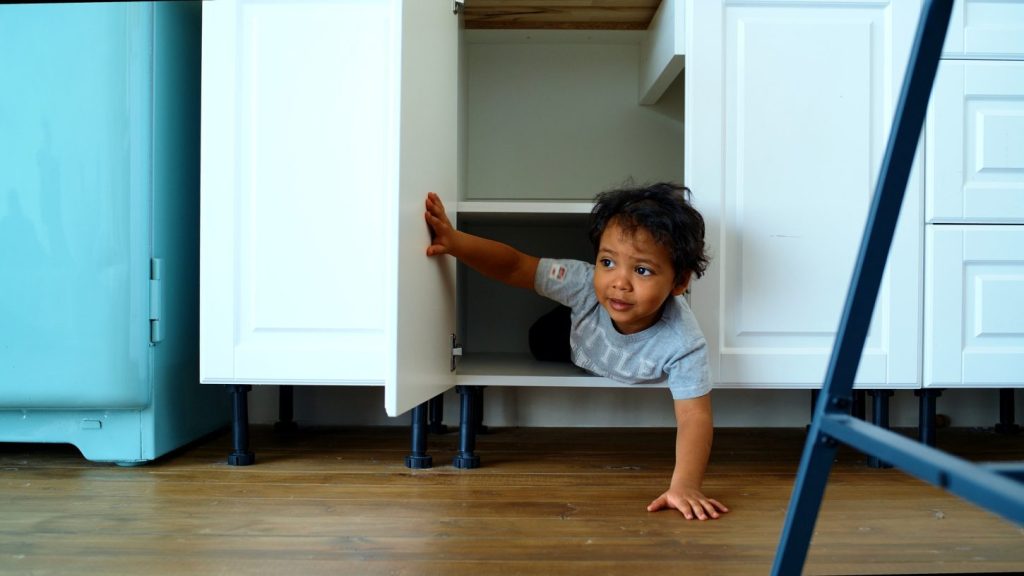
If you have a toddler, your home is loud, full of love, and maybe could use a bit more patience. Once your toddler is constantly on the go, you'll constantly be in need of some time to get things done. If you've ever been in charge of one, the question of how to teach a toddler to be patient has crossed your mind a time or two. Or three. To help them slow down and learn a bit of self-composure to give you a second alone, there are a few activities you should try.
Teaching your tiny tot patience is an important part of their development. Everyone needs to learn how to have at least a little bit of poise. There are games and activities to develop and strengthen a toddler's ability to remain composed while they wait. Let’s check out four ways how to teach a toddler patience that won't have you losing any of yours.

Put the pieces together
Puzzles are a great way to teach your child to slow down and take their time. They make so many puzzles these days that you can find one suited for your kiddo. The bigger wooden ones or one with the bigger pieces are perfect for younger ages.
Step 1: Teamwork first. Do one puzzle with your child and show them how it works. Then when you feel they’ve gotten the hang of it, let them do it all on their own.
Step 2: Step in when needed. Keep an eye on them, and if they get frustrated, step in and explain how sometimes things take longer. You can help them a little, but they should do it themselves.
Step 3: We all work better with food. Grab a favorite snack for them and you can enjoy a cup of coffee while they work on the puzzle.

Set a timer
This one works for many parents. When your toddler is asking you every 30 seconds for you to “come look at this,” when are you are in the middle of doing something, set a timer.
Step 1: Set boundaries. Let them know when the timer goes off, then they can come to you. Explain that you need to finish a task and they need to keep themselves busy.
Step 2: Set them up for the time needed. Give them two options of something to do or play with for the duration of time. Show them the timer and let them see their time has started.
Step 3: Let them help. Let your tot start the timer. Tell them to listen for the noise and when the time is up, they can turn the timer off. The more toddlers are included, the more willing they are to participate.

The memory game
Let’s be real, parents of toddlers could probably use some flexing of the memory muscle as well. But the memory game can be played alone once your mini has the hang of it.
Step 1: Keep the pictures easy. Make sure it’s a simple subject on the cards, such as animals, colors, or their favorite cartoon show. Keep the Game of Thrones memory cards for the older kids.
Step 2: Don't set time limits with this game. The memory game usually takes a bit of time as they decide which cards to flip. You should take longer with your turn to stretch out the time they have to wait.

Hide and seek
This game will teach your child a few skills, but patience is one of them. The whole family can get in on this game as well.
Step 1: Really hide. When it’s your turn to hide, your toddler needs to actually try to find you. Don't go easy on them to end the game faster.
Step 2: Take your time to find them as well. When it’s their turn to hide, they have to learn to be patient and be quiet while you look for them. If it’s just the two of you playing, take your time finding them – even when you hear those giveaway giggles coming from right next to you.
Any parent who has been in the presence of a toddler knows that time is of the essence. Fill up that cup or grab that snack at a pace slower than what that mini-version of you deems acceptable, and their lips get ready for a toddler-sized screech. That’s why you should start teaching them how to be patient the minute they understand the concept of waiting.
Take your time getting what they ask for, and don’t jump the second those cute little eyes look at you. You have to model the behavior and show them what being patient looks like. That’s why playing these toddler activities is a great way for you both to add to your patience pool and make adorable bonding moments along the way.



